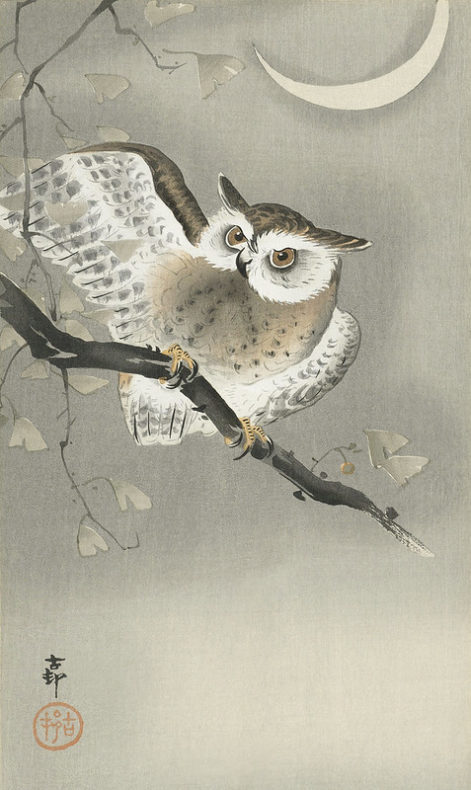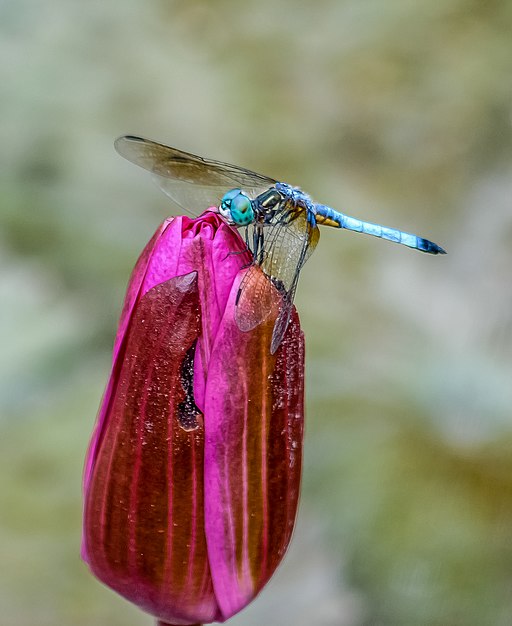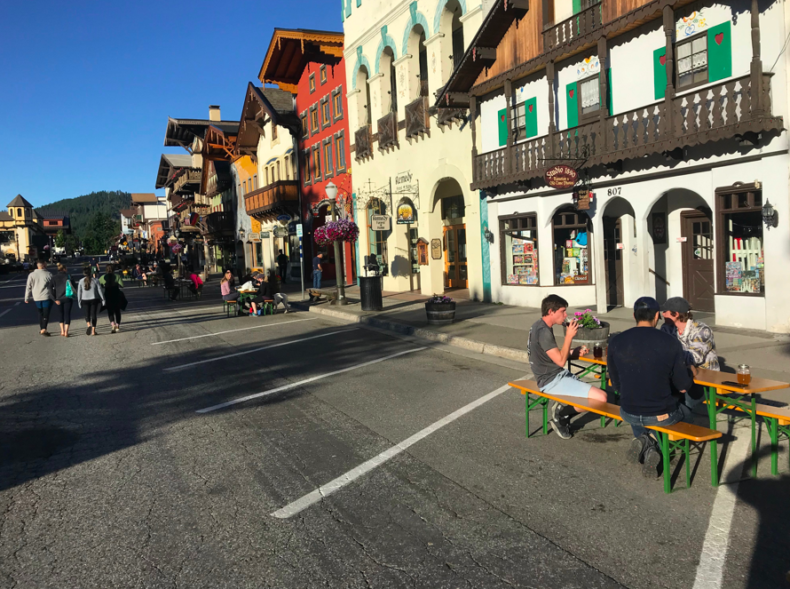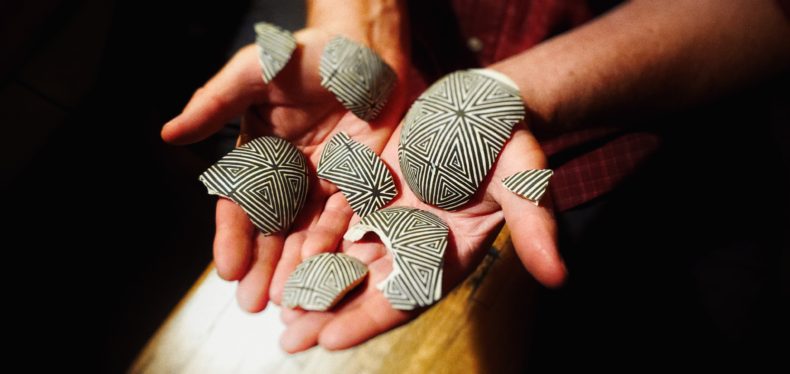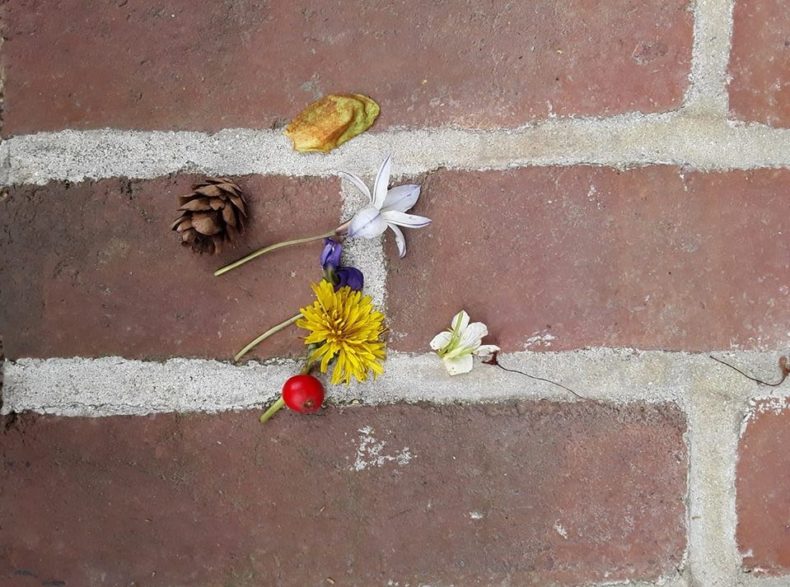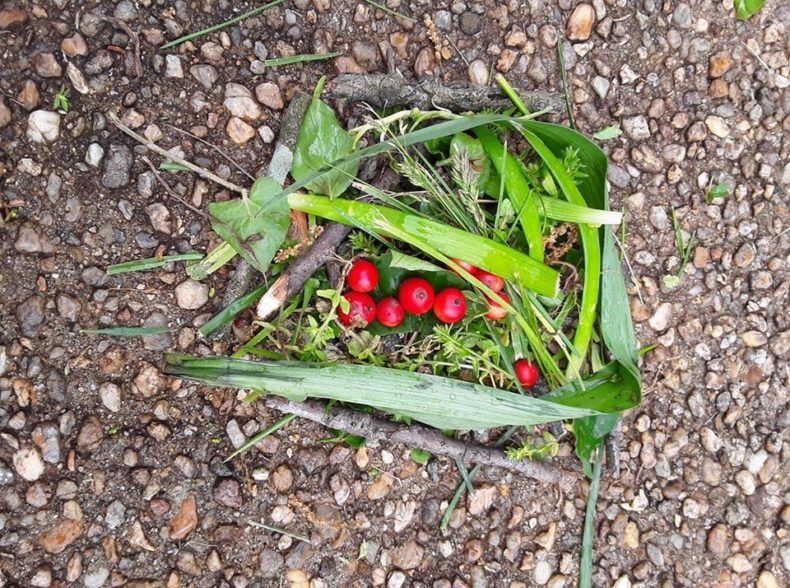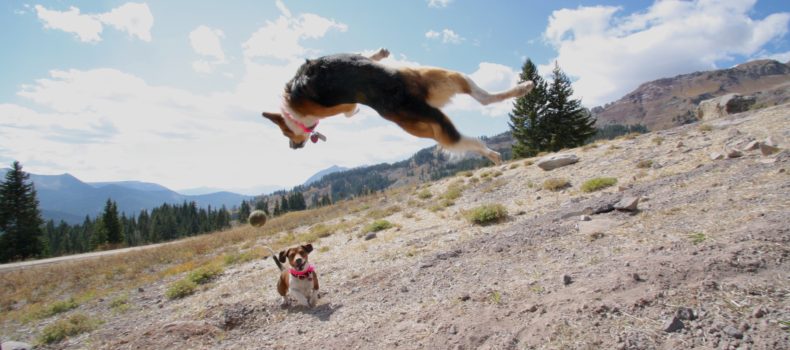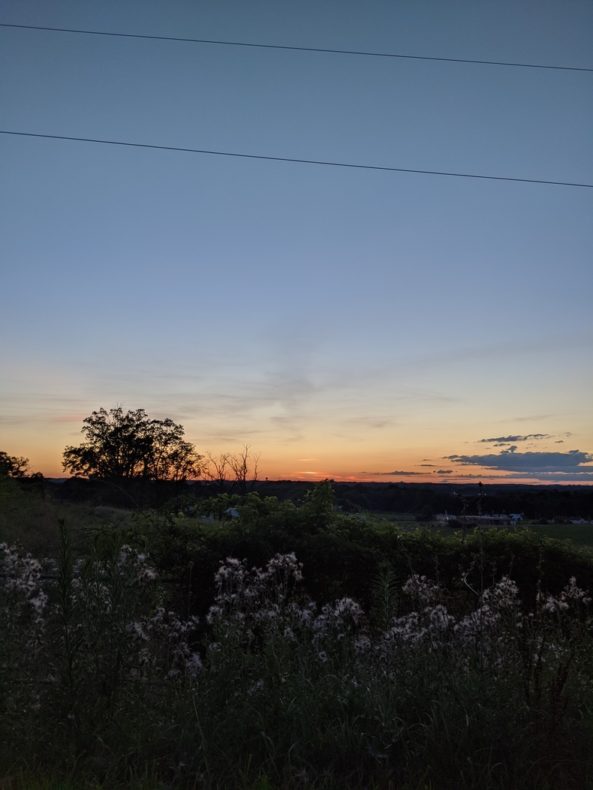
It was an unusual scene, last Tuesday night in a suburb of Washington, D.C. My mom and I were in lawn chairs on the edge of a closed road. My dad was wandering around with his camera on a tripod. A friend sat 10 feet farther down the road in her lawn chair. Strangers came and went, a little farther away. We all gazed off to the west, over the rare suburban open space.
We were looking for the comet. We arrived soon after sunset and, cheered by the nearly-cloudless western horizon, settled down to wait, with cookies. Wood thrushes sang from the woods. As the sunlight faded, the fireflies came out, puttering around above the road’s grassy shoulder. The lights came on in front of us. A few bats flew over. Eventually it got dark enough to start looking seriously.
This was only the second night Comet NEOWISE was visible in the evening, and one of the nights when it was brightest, but it was still very dim. My friend spotted it first; I eventually caught on to the faintest slash in the evening sky, the kind of dim light that disappears if you look directly at it. It got brighter as the sky got darker. Even after full dark, about 10:30 p.m., it was still a very dim slash. But unmistakable: the comet and its tail, receding after its swing around the sun.
Continue reading